[Feature] Paik Nam-june gets renewed interest at home
Experts call for more systematic approach to promoting pioneering video artist
By Park YunaPublished : March 1, 2020 - 14:51
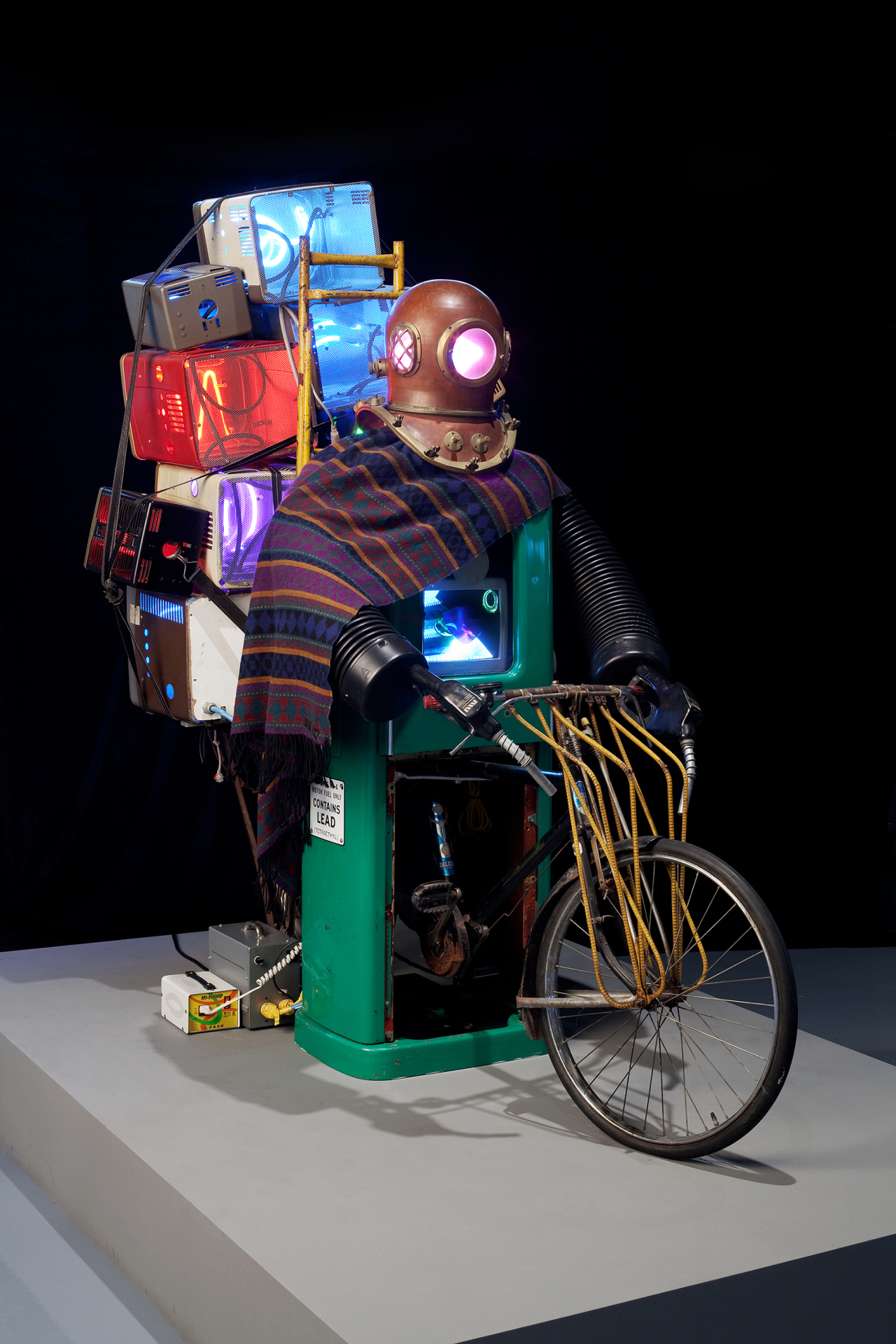
In early January, the National Museum of Modern and Contemporary Art, Korea (MMCA) announced that it would hold an archival exhibition of Paik Nam-june, a Korean-born avant-garde artist and pioneer of video art. The date of the exhibition, which the museum said would be the largest of its kind, however, has yet to be set.
The announcement came as Paik Nam-june, who died in 2006, has come to the spotlight recently with a retrospective exhibition embarking on a tour of renowned museums in the UK, the Netherlands, US and Singapore.
“For MMCA, hosting a large-scale exhibition of Paik is like finishing overdue homework, because he is one of the most acclaimed contemporary Korean artists,” said an art expert familiar with matter. “But there have been chronic issues such as political differences surrounding contemporary artists, and the copyright issue of Paik’s collection in hosting such exhibition.”
MMCA Director Yun Bum-mo addressed the issue when he said at the press conference, “We are approaching the issue very sincerely,” promising that this year’s archival exhibition will be significant. However, the lack of a fixed date for the proposed exhibition reflects the difficulties in organizing such an event.
Indeed, the uneasy relationship between Korea’s art sector and Paik’s nephew, who holds the late artist’s collection of his own works has stood in the way of holding events related to Paik.
However, an even greater obstacle is the general lack of understanding about the artist in the Korean art scene.
Experts say that Korea’s art industry did not put much effort into understanding Paik’s artistic philosophy after his death. In Korea, many people simply remember Paik as the “pioneer of video art,” nothing more and nothing less.
“Art circles in Korea failed to talk about ‘why’ concerning Paik Nam-june, or what about his artworks resonates today,” said Kim Eun-ji, a professor in the Arts Department at Hongik University.
Kim Hong-hee, president of Nam June Paik Cultural Foundation, who worked with Paik on the inaugural 1995 Gwangju Biennale, says although a television itself was a familiar object, the philosophy of video art was so experimental and radical that many people found it hard to understand.
“After Paik Nam-june died in 2006, Korea seemed to focus on Paik’s legendary or extraordinary aspects more than his legacy in contemporary art. It was just ‘Paik Nam-june syndrome,’ - and that was it,” Kim said.
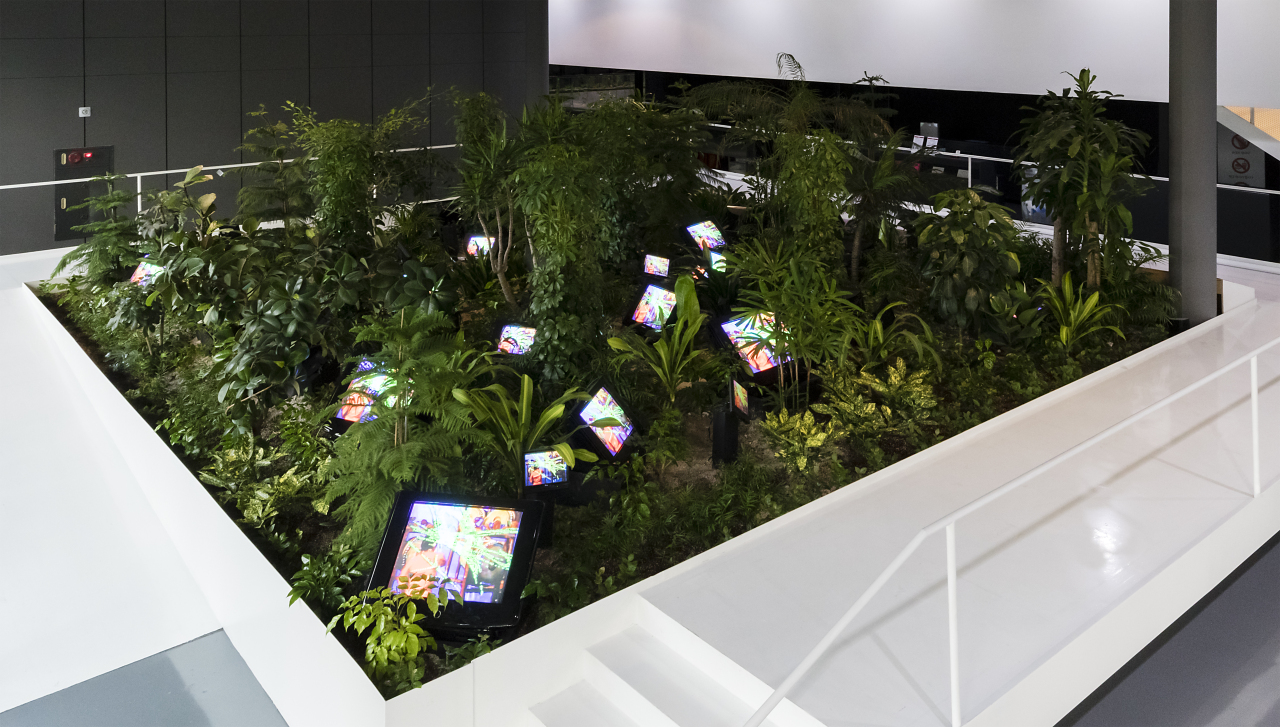
Who is Paik Nam-june?
Presenting the world’s first video art exhibition in Germany, “Exposition of Music - Electronic Television” in 1963, Paik expanded art medium to television sets in the early 1960s at a time when television was a newly emerged media and quite expensive.
On the first floor of the Nam June Paik Art Center in Gyeonggi Province, Korea, television sets are placed among plants and bushes as if they were flowers in full bloom. On the TV screens, dazzling sequences of music and dance from different parts of the world are played -- this is one of Paik’s video art masterpieces, “TV Garden.”
While some criticized the new medium, or were wary of the negative impacts of the new technology, Paik emphasized positive functions that the new technology could bring to the world, sending a message that technology, nature and humankind can go together.
“People were wary about new technology, some were even hostile as the world had experienced industrialization and World War II,” said Lee Chae-young, the chief curator at Nam June Paik Art Center. “Paik Nam-june, however, showed how humans could coexist with technology by using the new media in his own witty and playful way.”
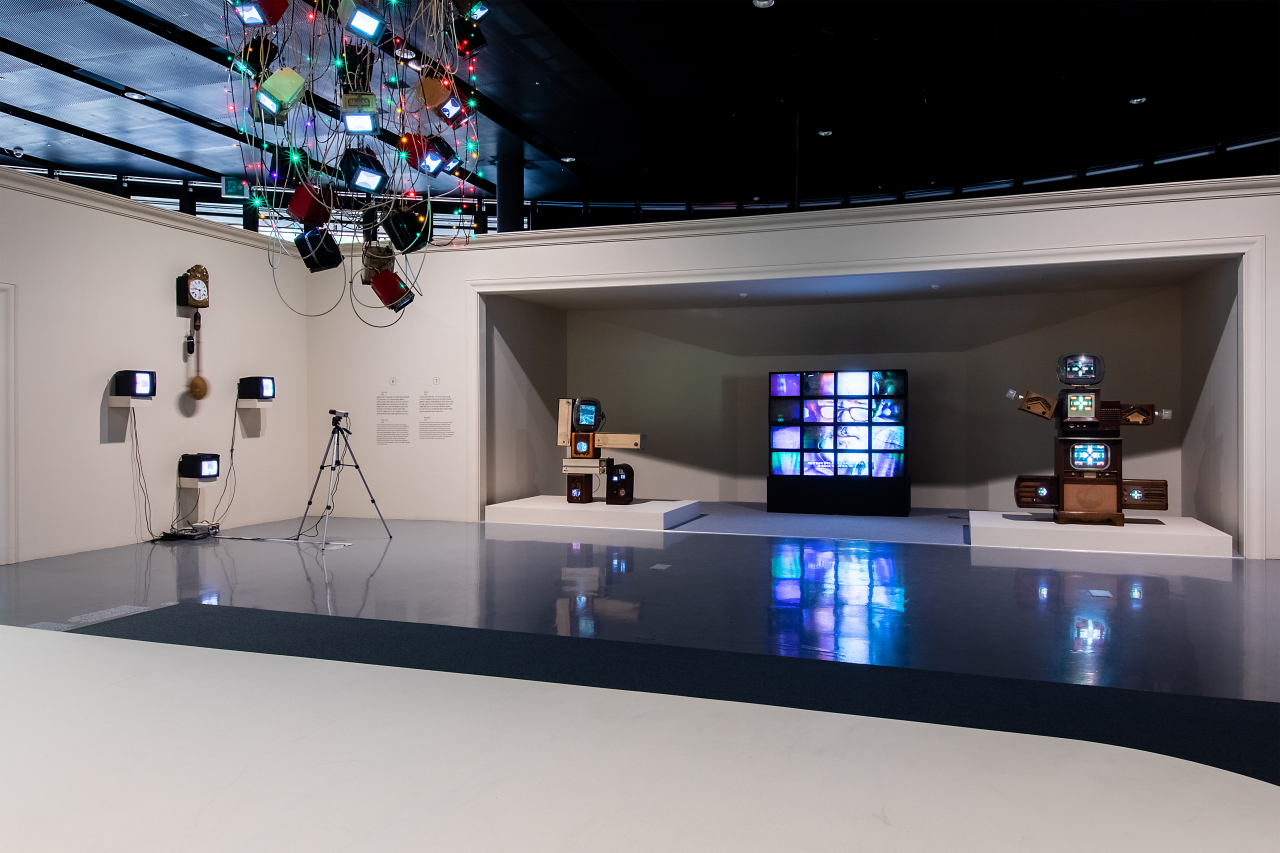
Before turning his interest to video art, Paik had studied classical music in Germany and was a member of the Fluxus movement whose aim was to break the mold of traditional art.
It is a famous story that Paik used a saw to destroy a grand piano, considered a sacred musical instrument, as part of a performance in Germany aimed at showing that all sounds from everyday life could be regarded as music.
“Paik’s core art philosophy lies in the Fluxus spirit. In other words, he didn’t separate art from daily life. That is how Paik could regard televisions, which were ordinary objects, as an artistic medium,” said Park Mi-hwa, a senior curator at MMCA.
On the New Year’s Day in 1984, Paik fascinated the world by airing the first major satellite broadcasting project, “Good Morning, Mr. Orwell,” in France, the US, Germany and Korea. It was at this point that Paik became “popular” in Korea.
As the title suggests, the live broadcast project aimed to refute George Orwell’s novel “1984,” which predicted a gloomy future where humans are controlled by mass media.
With the 30-minute show, which reached more than 25 million people, Paik demonstrated how the new technology could facilitate communication across the globe, even becoming a form of art. “You (George Orwell) were half right,” Paik said in an interview about his project.
“Although Paik’s woks are more than 30 years old, it is very surprising that the implication and philosophy that his artworks entail still live on and are reinterpreted today as people worry about artificial intelligence taking over humankind,” said Kim Seong-eun, the Nam June Paik Art Center director.
Paik’s writing in 1980, “The artist’s job is to think about the future,” resonates today.
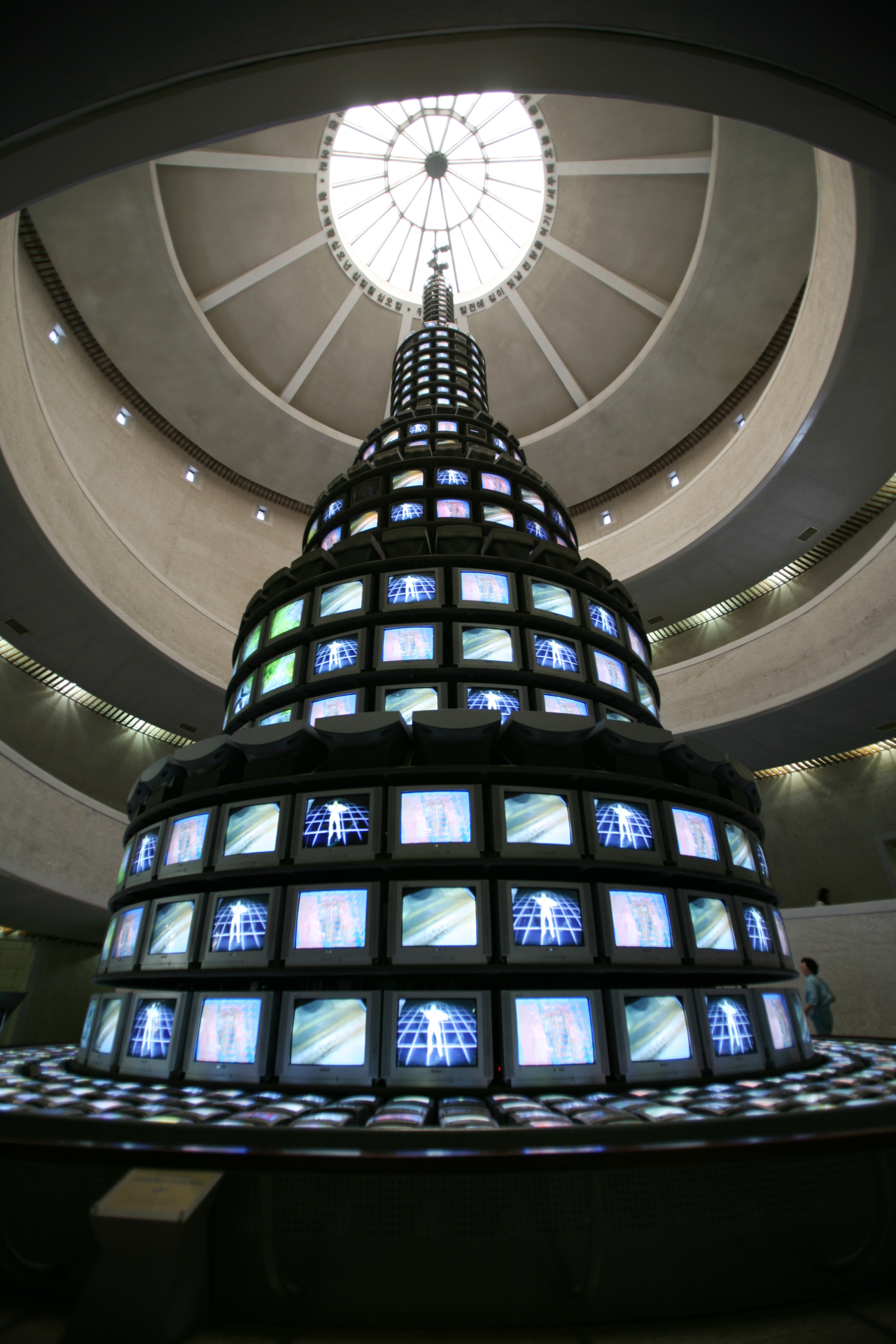
Taking steps to understand better
Recent years have seen greater efforts to recognize Paik’s accomplishments, including the start of the 3-year restoration of “The More the Better,” the artist’s largest video art piece, at MMCA Gwacheon in Korea.
Discussions have been held on how to restore the masterpiece since it was unplugged in 2018 due to potential fire hazard issues. However, securing a budget for the restoration projection was not easy. A breakthrough came last year when funding specifically designated for the restoration of “The More the Better” was included in the government’s annual budget. The budget for the first year of the three year project is 1.5 billion won ($1.25 million). It took much concerted efforts by the MMCA and lawmakers of the parliamentary culture committee to persuade the government to do so.
“It was an exceptional case that such fund was included in the government’s annual budget, when the total budget for cultural events account for less than 2 percent of the total budget, which is very small,” said a member of the staff of the National Assembly member who was involved in the matter, speaking on the condition of anonymity.
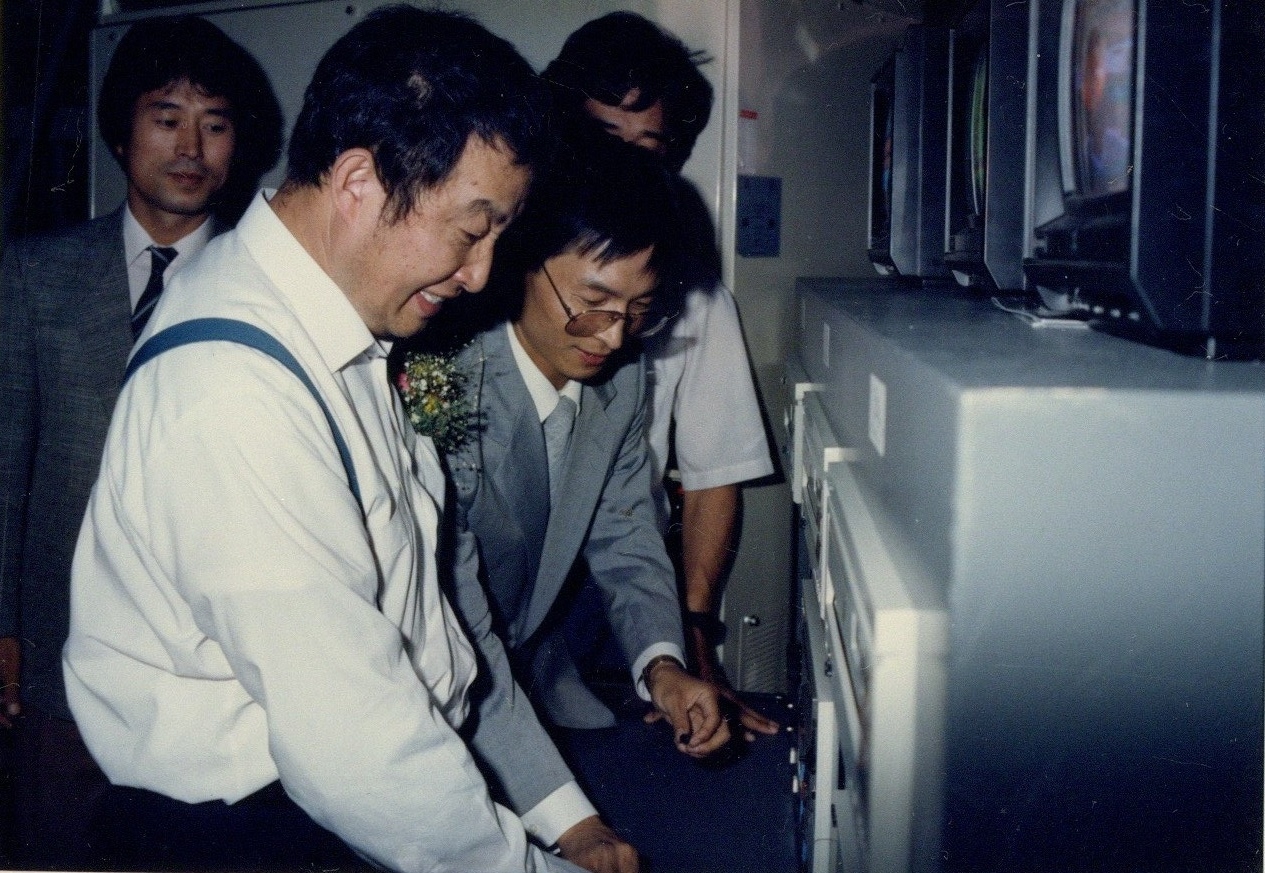
When the restoration plan was announced late last year, several people contacted the MMCA, saying they would like to donate their old televisions, which are hard to find in Korea.
“It was quite unexpected. Many officials here were very touched by the people who showed affection for the masterpiece,” said Tiffany Yun, deputy director of communication and media team at the MMCA.
Kim of the Nam June Paik Cultural Foundation agrees that there is a lot of interest in Paik. But efforts to promote the artist are scattered and this lack of systematic approach stands in the way of Paik getting his due place in the history of contemporary art, experts argue.
“Personally, I think that there is insufficient effort to systematically grow Korea’s asset,” Kim pointed out.
Kim Hee-young, the chair of the Department of Fine Arts at Kookmin University, said more research on Paik needs to be done in Korea, with pride that Korea’s contemporary art history has Paik Nam-june, an internationally acclaimed artist.
“Many of his artworks involve Korean culture, and a globally successful artist who is rooted in Korean culture is very important for us to understand better,” Kim said. “If in-depth research about Paik continues, there will be more exhibitions about Paik in Korea as well.”
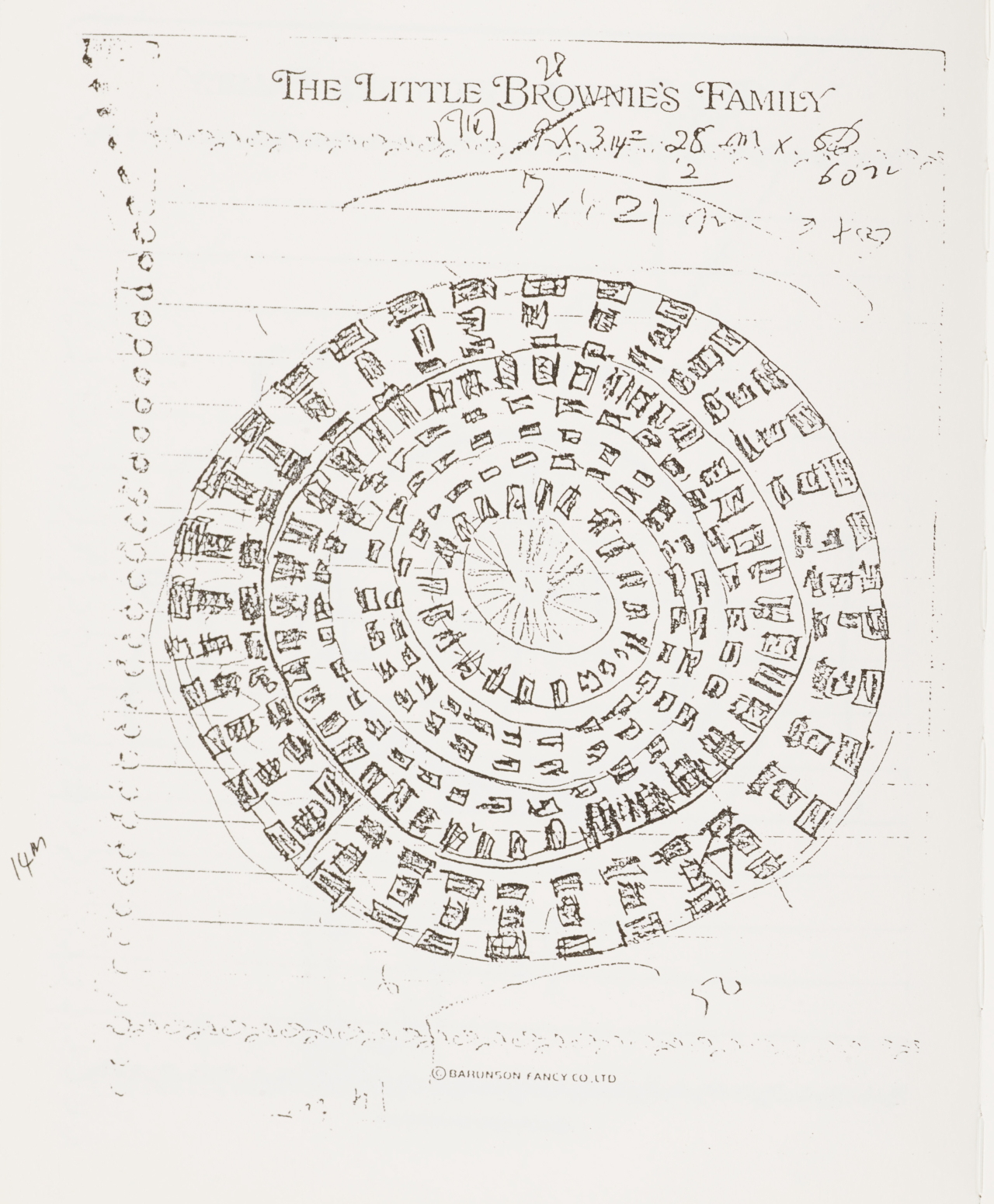
By Park Yuna (parkyuna@heraldcorp.com)




















![[Today’s K-pop] BTS pop-up event to come to Seoul](http://res.heraldm.com/phpwas/restmb_idxmake.php?idx=642&simg=/content/image/2024/04/17/20240417050734_0.jpg&u=)